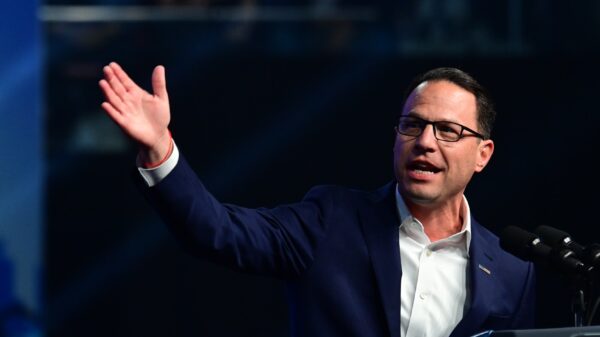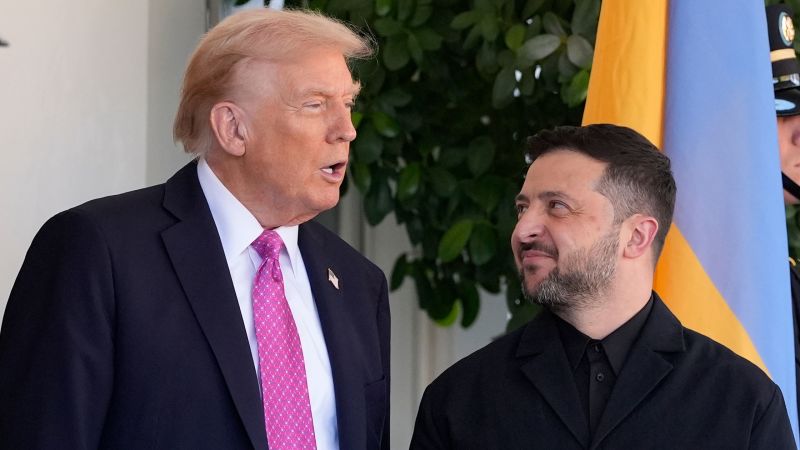The recent meeting between US President Donald Trump and Ukrainian President Volodymyr Zelensky has marked a significant improvement in their relationship. However, despite the positive developments, Kyiv’s aspiration for a decisive military advantage remains elusive. After extensive diplomatic maneuvering over nine months, Trump appears inclined to offer Russian President Vladimir Putin further opportunities for negotiation rather than escalating military support for Ukraine.
During the meeting, Trump expressed cautious optimism regarding a potential ceasefire, suggesting that both sides should “stop where they are.” This statement, made shortly before his departure to Mar-a-Lago, indicates a possible path toward de-escalation. Zelensky echoed this sentiment, emphasizing the necessity of halting ongoing conflicts before moving to negotiations.
Meanwhile, Trump praised the effectiveness of Tomahawk missiles, which he indicated were a focal point of discussions with Zelensky. He stated, “Tomahawks are very dangerous… It could mean escalation – a lot of bad things could happen.” The potential provision of these advanced weaponry to Ukraine symbolizes a shift in U.S. policy, hinting at increased military support for Ukraine’s defense capabilities.
Despite the optimistic rhetoric, there are significant limitations. Trump acknowledged that providing thousands of Tomahawk missiles would be impractical, as the U.S. lacks sufficient inventory. These missiles, typically launched from naval vessels, would require adaptation for land-based use in Ukraine, a process that could take months. The cost and logistical challenges associated with deploying such high-value weapons complicate the prospects for immediate military escalation.
The ambiguity surrounding the discussions also reflects a cautious approach. Zelensky refrained from providing specifics about the missile negotiations, highlighting the U.S. desire to avoid escalation. When asked about his outlook, he described himself as “realistic,” indicating a nuanced understanding of the complexities involved.
Trump’s acknowledgment of being potentially manipulated by Putin marks a notable shift in his approach. He stated, “I have been played all my life by the best of them, and I came out really well.” This recognition suggests a growing awareness of the intricate dynamics between the U.S. and Russia, particularly as preparations for a summit in Budapest remain uncertain.
The ongoing conflict in Ukraine continues to evolve, with recent developments showcasing both resilience and challenges. Despite the Russian military’s efforts, key Ukrainian locations such as Pokrovsk, Kupiansk, and Kostyantynivka have remained under Ukrainian control. As winter approaches, the battlefield dynamics may shift, potentially impacting military strategies on both sides.
The results of the summer offensive led by Russian forces have failed to produce significant territorial gains, raising questions about Putin’s ability to sustain prolonged military efforts. Economic pressures within Russia, including inflation and recruitment challenges, further complicate the Kremlin’s position.
Zelensky’s diplomatic efforts have adapted to the changing landscape, as he engages with NATO allies to secure vital military support. The situation has evolved from the early days of conflict, where Ukraine struggled to gain international backing, to a scenario where Ukraine’s technological advancements, particularly in drone warfare, are becoming increasingly important.
As the conflict enters a new phase, both leaders face significant challenges. While Trump’s meeting with Zelensky may have fostered goodwill, the fundamental issues remain unresolved. The path ahead will be shaped by military developments on the ground and the broader geopolitical landscape, pressing both leaders to consider their next moves carefully.




































































